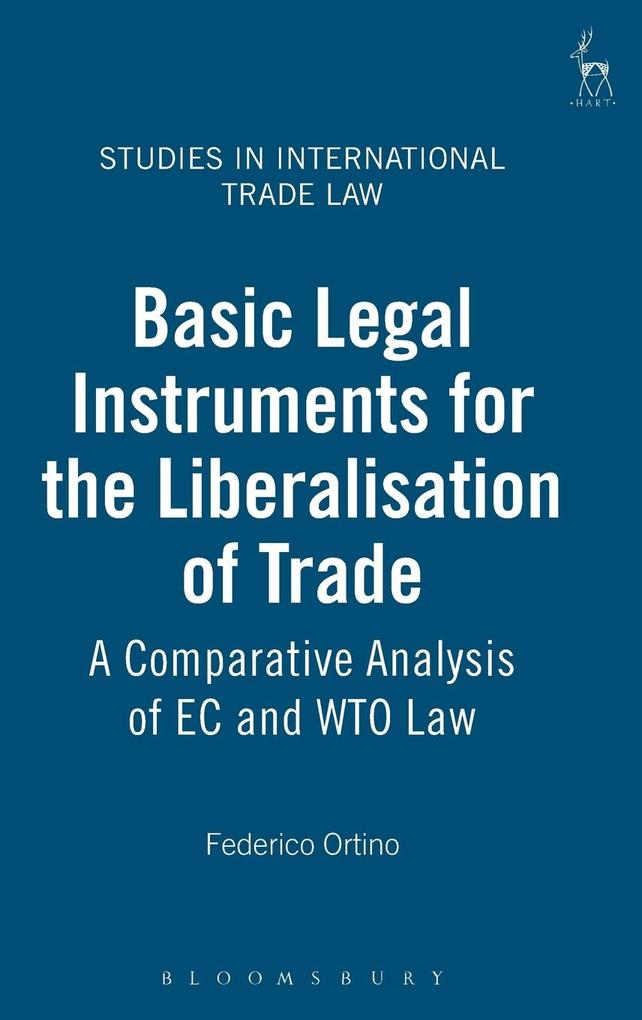
Zustellung: Sa, 26.07. - Mi, 30.07.
Versand in 7 Tagen
VersandkostenfreiBestellen & in Filiale abholen:
The interpretation and application of the rules of international and regional trade is becoming an increasingly specialised field. This study provides an in-depth analysis of the core legal concepts characterising the two most prominent and successful efforts in the regulation of international trade to date. Adopting a comparative method,it analyses the basic legal instruments employed by the EU and the WTO for the purpose of liberalising trade in goods among their respective Members. To this end, this study offers a fresh look at the principles underlying the basic rules of international trade law, including the prohibition of border measures, the principle of non-discrimination on grounds of nationality, and the principle of reasonableness.
Inhaltsverzeichnis
Introduction: Defining the Boundaries of the Research
PART I. SHALLOW INTEGRATION
1. Negative Integration Stricto Sensu: The Elimination of Border Measures
2. Judicial Integration-First Layer: The National Treatment Principle and the Prohibition of De Jure Discrimination
PART II. DEEP INTEGRATION
3. Judicial Integration-Second Layer: The National Treatment Principle and the Prohibition of De Facto Discrimination
4. Judicial Integration-Third Layer: The Reasonableness Rule
5. Conclusion
PART I. SHALLOW INTEGRATION
1. Negative Integration Stricto Sensu: The Elimination of Border Measures
2. Judicial Integration-First Layer: The National Treatment Principle and the Prohibition of De Jure Discrimination
PART II. DEEP INTEGRATION
3. Judicial Integration-Second Layer: The National Treatment Principle and the Prohibition of De Facto Discrimination
4. Judicial Integration-Third Layer: The Reasonableness Rule
5. Conclusion
Produktdetails
Erscheinungsdatum
01. Januar 2004
Sprache
englisch
Seitenanzahl
526
Autor/Autorin
Federico Ortino
Verlag/Hersteller
Produktart
gebunden
Gewicht
948 g
Größe (L/B/H)
240/161/33 mm
ISBN
9781841134253
Entdecken Sie mehr
Bewertungen
0 Bewertungen
Es wurden noch keine Bewertungen abgegeben. Schreiben Sie die erste Bewertung zu "Basic Legal Instruments for the Liberalisation of Trade" und helfen Sie damit anderen bei der Kaufentscheidung.










